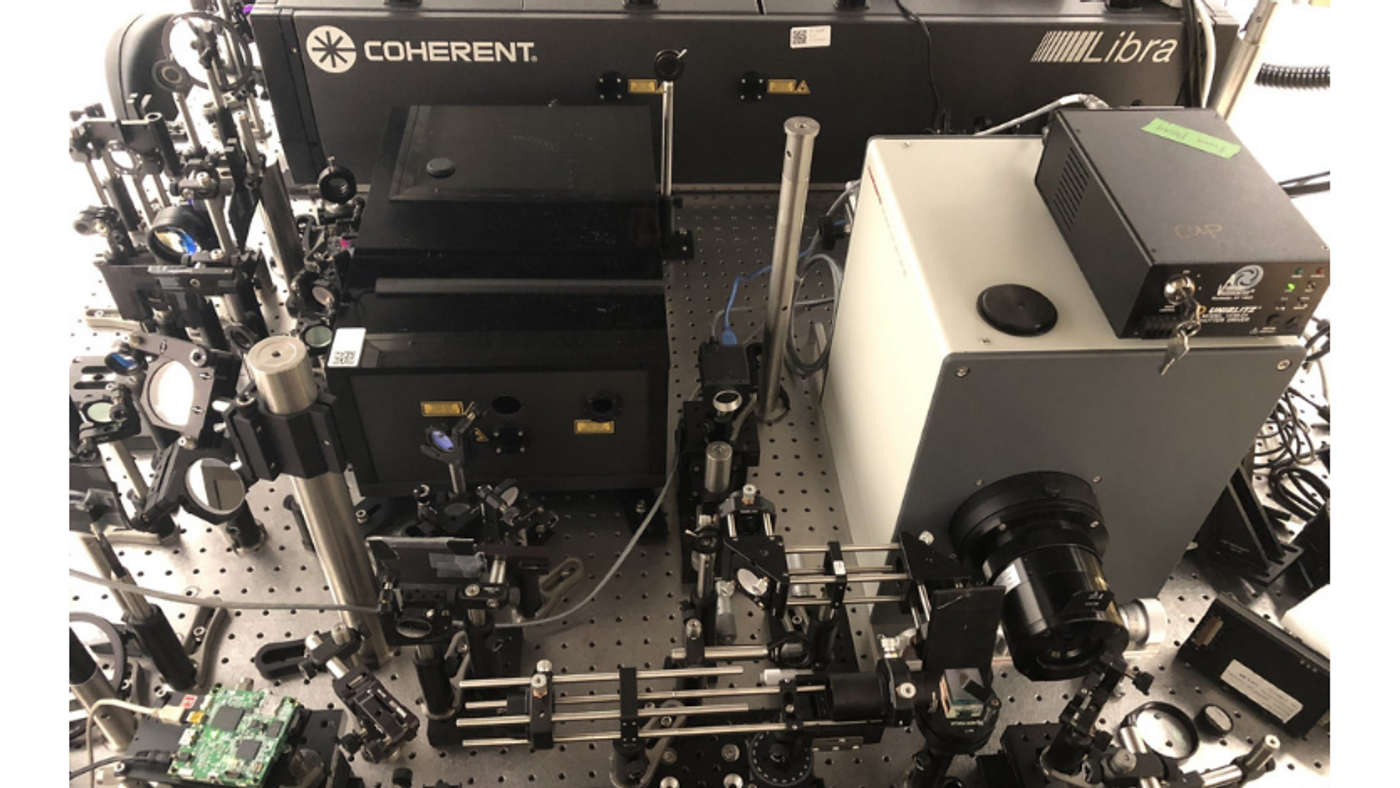World's Fastest Camera Captures 10 Trillion Frames Per Second in a Single Shot
Capturing the swift passing of light in a scattering medium, such as human tissues, has a lot of potentials in biomedical imaging. But the existing instruments aren't fast enough to record such transient events in real time.
In a recent publication, scientists at the California Institute of Technology (Caltech) and L’Institut National de la Recherche Scientifique (INRS) reported that they had developed a new imaging instrument called the single-shot Trillion-frame-per-second Compressed Ultrafast Photography, or T-CUP for short.
Officially the world’s fastest camera, T-CUP can capture one trillion (one thousand billion) frames per second, which is more than the doubles of the speed of the last record holder, a device from Sweden.
T-CUP is powered by a data acquisition method called Radon transformation. It uses a beam splitter to split a 3D spatiotemporal image to two duplicates. The first one is recorded by a 2D imaging sensor to provide a continuous view. The second image is spatially encoded and temporally separated into multiple individual frames a spatial axis. These frames are then recorded with another 2D imaging sensor to form a time-sheared view. By combining the two views, T-CUP records a 3D dynamic scattering event into two 2D projections using only a single exposure.
Commenting on the idea behind their ultrafast camera, Lihong Wang, the senior author of the study and an engineering professor at Caltech said: “We knew that by using only a femtosecond streak camera, the image quality would be limited. So to improve this, we added another camera that acquires a static image. Combined with the image acquired by the femtosecond streak camera, we can use what is called a Radon transformation to obtain high-quality images while recording ten trillion frames per second.”
The ultra-fast camera has numerous potential applications including helping physicists to investigate the space-time duality (a mechanism that underpins the nature of light), and improving the technologies used in microscopy and non-invasive diagnostic imaging.
Imaging at a trillion frames per second | Ramesh Raskar (TED)
Source: ZME Science









